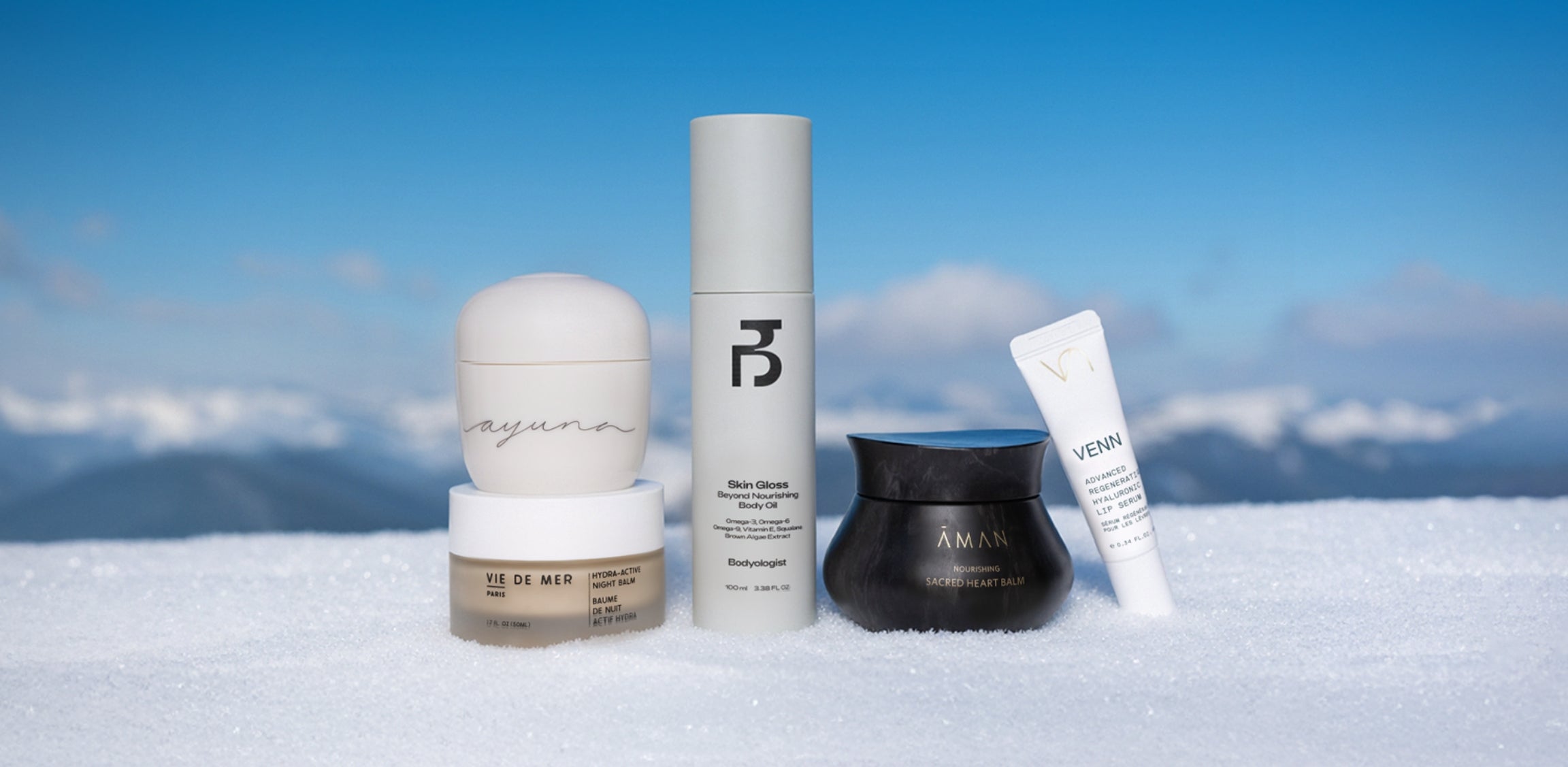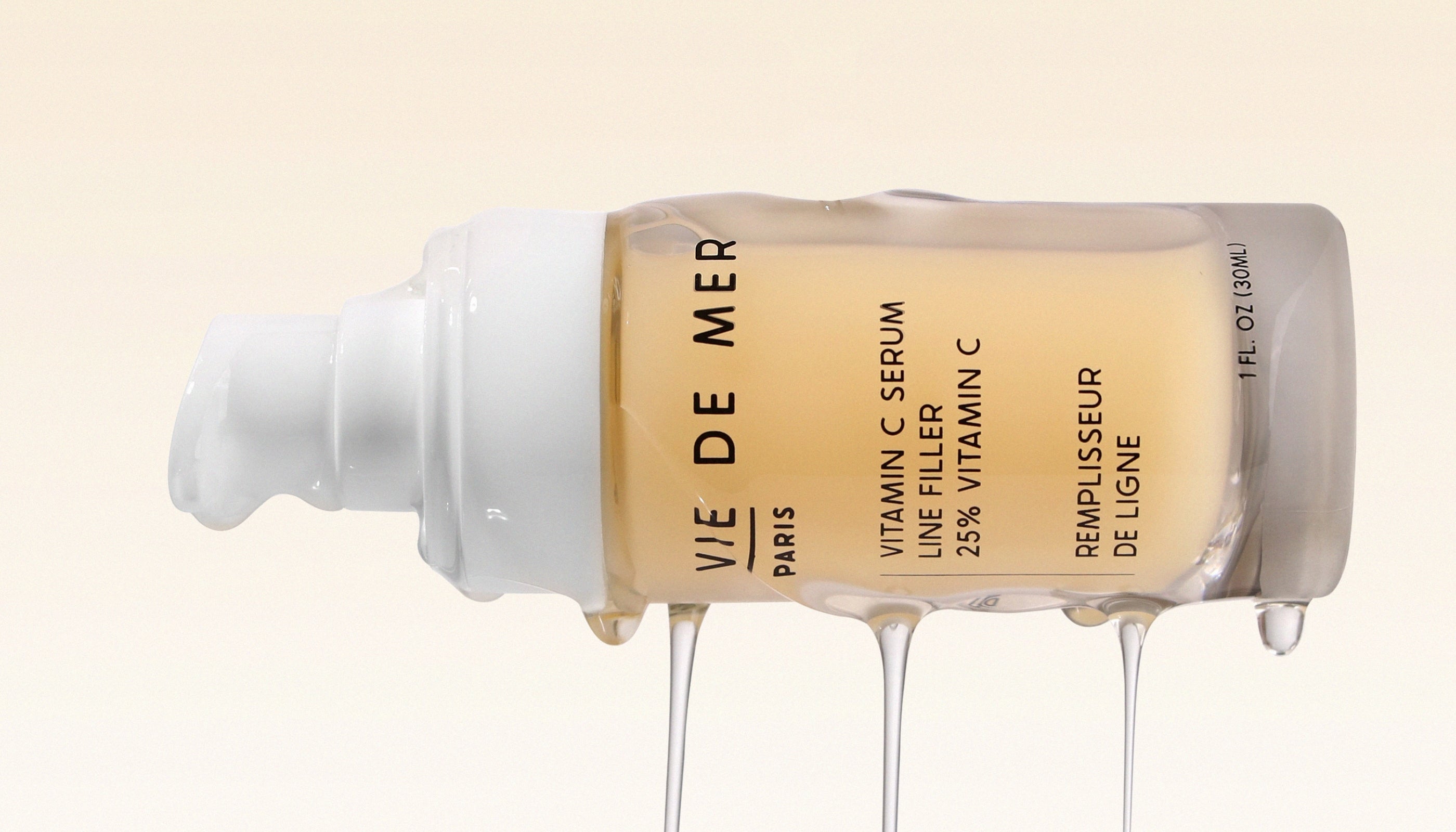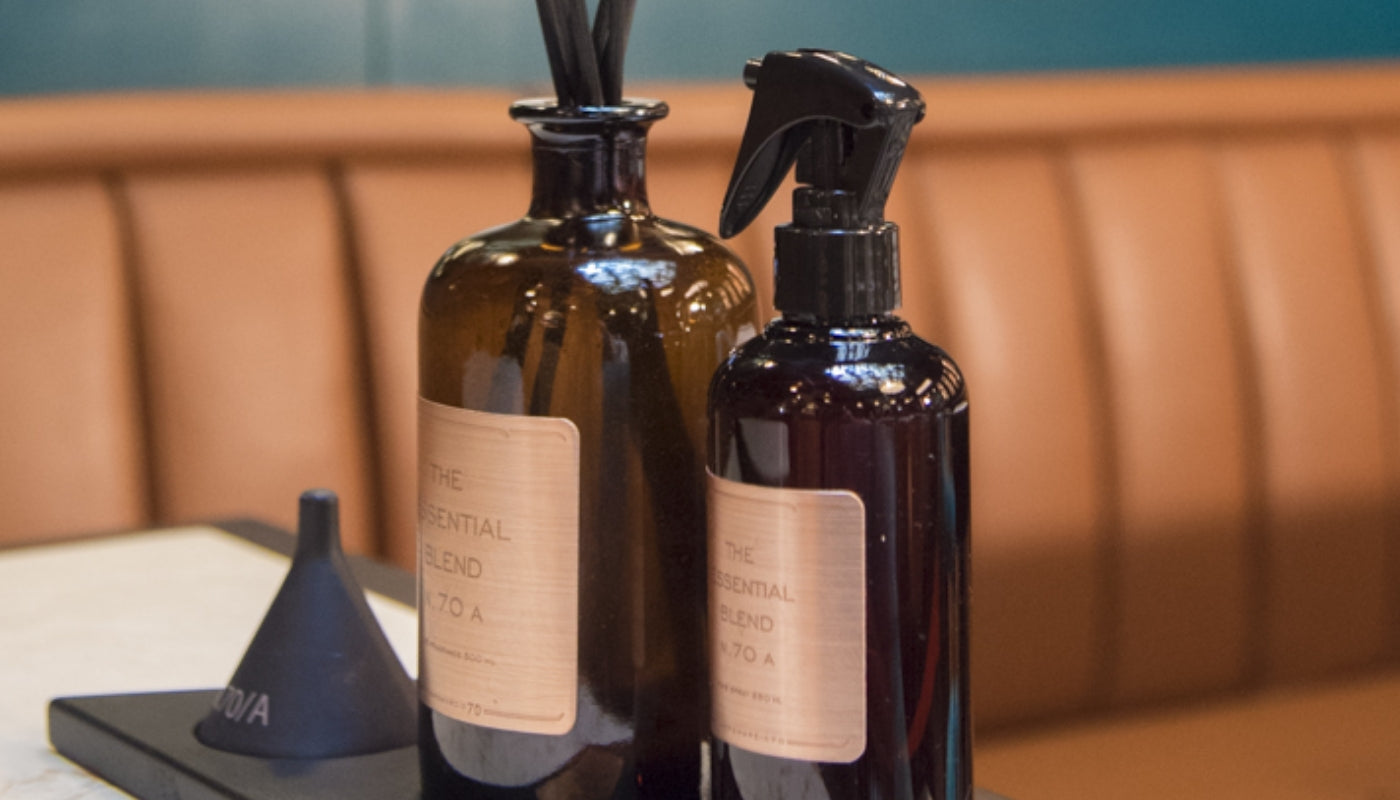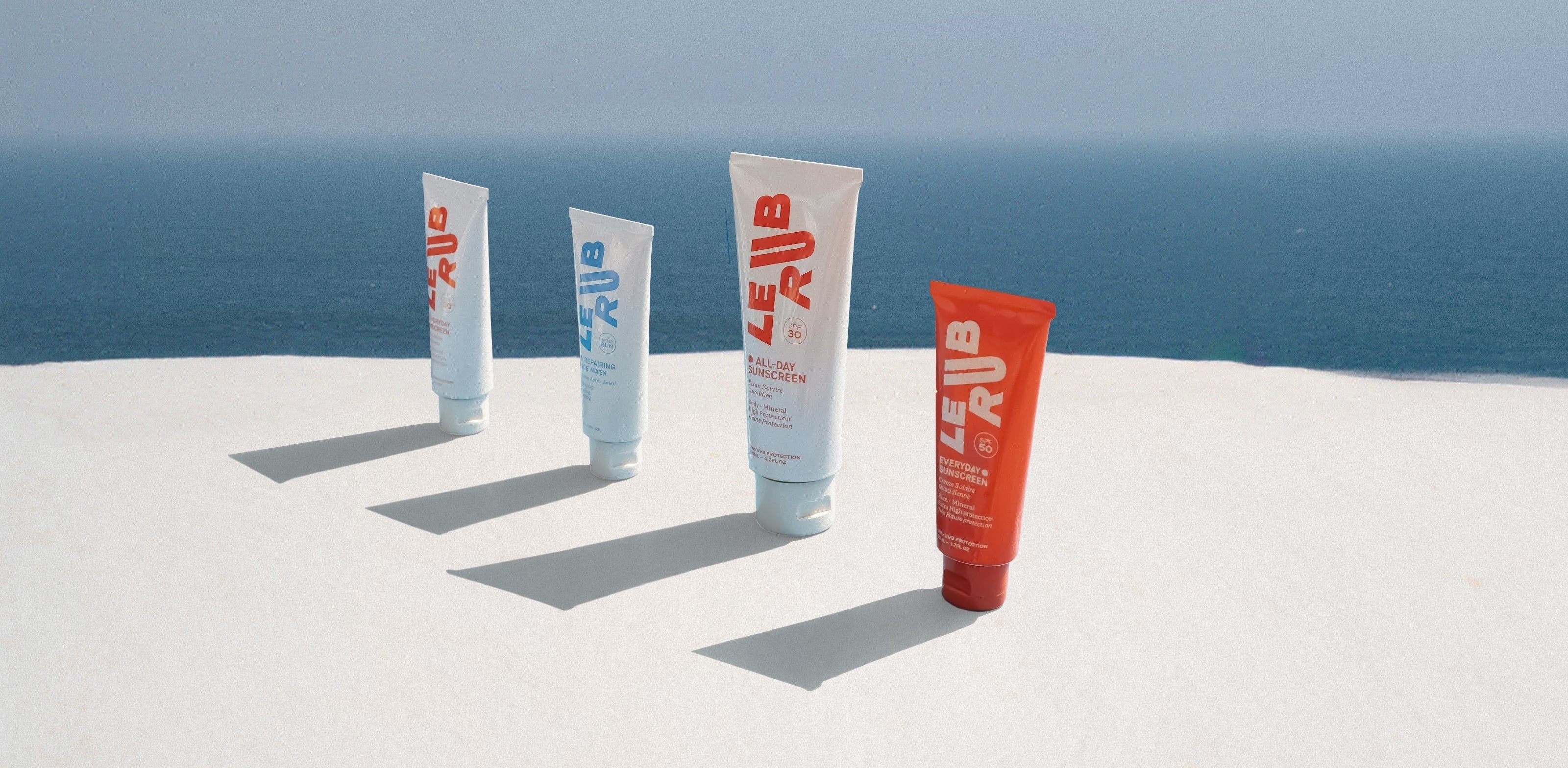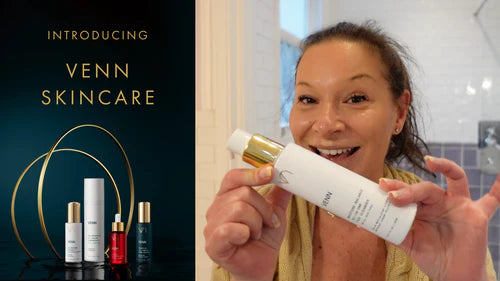
Spruce up your Skincare this Spring
/ By Natalie Kingsley-Fieldgrass
Growth factors have been a trending conversation in the skincare world for a while now and here at Embassy of Beauty we are in love with everything they can do for the skin. In the process of ageing, communication naturally breaks down.
Spring has finally sprung and with it has come some rather glorious, sunny days. But with the change in the season, comes a change in our skin as it tries to adapt to the fluctuating temperatures. Hydrating and keeping the skin balanced is of the utmost importance at this time. This comes hand-in-hand with the soothing and purification of the skin.
In this edition of the E-Mag we will be discussing what it means to have dehydrated and unbalanced skin, how to combat this during the spring-time, some of our favourite ingredients for these specific concerns and, of course, our product recommendations.
Let’s start with a bit of skin science and definitions!
Dehydrated Skin
Skin can be dehydrated from any age, whether it is dry or prone to seborrhoea. Dehydration is a physiological condition and generally temporary. Dehydrated skin results from the skin’s inability to maintain an optimal water level. It is extremely common and most of us have some degree of dehydration. Skin hydration is a constant flow of water from the dermis to the epidermis and it is regulated in three ways:
1. Through the hydrolipid film on the surface which limits water evaporation
2. Intercellular lipid cement which helps retain water in the horny layer
3. Natural Moisturising Factors in corneocytes that ensure the capture of water by the cells of the horny layer.
Therefore the skin’s hydration level results from the balance between water intake, capture, retention and evaporation. Dehydration shows itself in our skin through fine horizontal lines, dull complexion and an overall sensation of tightness. Sadly for us there are lots of causes of dehydration, which is why it’s incredibly common.
Causes include:
- - Weather / environment have a big influence when it comes to dehydration. The sun, cold wind and low humidity weather, air conditioning, indoor heating and, pollutants all can cause water evaporation from the skin
- Limited water consumption
- Ageing skin- - Unsuitable products and over-cleansing or over-exfoliating
- Finally, medication.
It would seem we are pretty up against it when it comes to dehydration in the skin but, fear not, there are some super important ingredients that can be added easily to your routine to prevent this.
How do we fight dehydration?
Water loss from the skin is called transepidermal water loss (or TEWL). The best way to keep the skin hydrated is to minimise water loss. There are certain ingredients that can slow down transepidermal water loss and they are called humectants (these are hydrating) and occlusive (these are moisturising) ingredients.
Hydration VS Nourishing
Hydrating ingredients literally add hydration - water - into the skin. Moisturising ingredients, on the other hand, help keep that hydration in the skin by preventing TEWL by locking it in. Some of the most popular humectants in skin care are: Hyaluronic Acid, Lactic Acid and Glycerine. Popular occlusive ingredients include Beeswax, Oils, Lanolin and Silicones.
Moving on from hydrating our skin, to ensuring it's balanced and therefore in its best state. The key to balancing the skin is understanding its pH level.
What is a pH level?
The pH is a measure of acidity and alkalinity. The pH scale ranges from 0 to 14, with 7 being neutral (neither acidic nor alkaline). Anything under 7 is acidic. Anything above 7 is alkaline.
The pH of the skin is the crucial factor for determining healthy bacteria and the level of acidity. If your skin is healthy, it should have a pH of around 5.5, which is slightly acidic. This is an average, but it can range from 4.5-6.5, depending on your skin chemistry and what products you use on your skin. This acidity plays a key role in the skin. Changes in pH affect enzyme activity and interfere with the skin’s normal shedding process (desquamation if you want to be fancy), which is why maintaining the correct pH of your skin is essential for healthy skin.
A general rule of thumb here is that:
- If the skin has irritation and dryness, it is too acidic
- If the skin is acneic, oily or congested, it lies more on the alkaline side of the scale.
The last bit of science we need to consider is that relating to free radicals and antioxidants, which are as important as ever to consider in the spring-time, particularly if we are spending more time outside!
What are free radicals?
They are atoms or molecules with unpaired electrons. They are extremely reactive and attack whatever lies in their path: collagen and elastin, epidermal lipids, cell membrane lipids and DNA. They can cause damage to parts of cells by stealing their electrons through a process called oxidation.
When a free radical attacks a cell, this cell becomes damaged or dysfunctional, cancerous or dies. External sources of free radicals include: UV radiation, X-rays, air, pollution, smog, cigarette smoke, alcohol, ozone, heavy metals, drugs and hormones.
Here is where our antioxidants come in.
What are antioxidants?
They are known as “free radical scavengers''; compounds that either reduce the formation of free radicals or react with and neutralise them. Antioxidants often work by donating an electron to the free radical before it can oxidise other cell components. Once the electrons of the free radical are paired, the free radical is stabilised and becomes non-toxic to cells.
Popular antioxidants in skincare include: Vitamin A, C, E, B3, Green & White Tee, Resveratrol, Zinc and Cranberry (to name a few).
Now we have gone through the science and definitions, let’s look at some of our favourite ingredients at the turn of the season:
Hyaluronic Acid
An absolutely cult ingredient in skincare when it comes to hydrating the skin. It occurs naturally in our skin and behaves there like a sponge, soaking up all the moisture and goodies. It can bind up to 1000x its own weight in water, which makes sense considering its a core ingredient in most hydrating products. Hyaluronic Acid is an excellent surface hydrator, skin protectant and can also act as an osmotic pump helping water-soluble actives to penetrate deeper into the skin.
Glutamic Acid
Growing in popularity recently, Glutamic Acid is the new kid on the block, giving Hyaluronic Acid a run for its money. Claims have begun to be made that glutamic acid can hold 5x the amount of water that Hyaluronic Acid can. This acid is a humectant moisturiser and skin-conditioning agent. It also seems to affect skin barrier repair, however, it is not clean-cut in which direction.
Squalene
Squalene is an oily liquid found in a couple of plant oils including Olive, Peanut and Pumpkin. What contains more of it, is the sebum (the oily stuff) that our skin produces. About 13% of human sebum is squalene, which means that it is an important skin-identical ingredient and NMF (natural moisturising factor).
Trehalose
Trehalose is a type of sugar. It contains a number of properties that benefit the skin, such as moisturising factors, antioxidants, and can help provide protection to the skin’s natural barrier due to the fact it is able to replicate the NMF found in the epidermis of the skin. This clever ingredient works with others and combats any free radical damage caused by exposure to UV rays, pollution and central heating as well as other environmental stresses.
Succinic Acid
Succinic acid has a number of properties that make it a prime ingredient in skincare. First up, it plays a key role in creating energy within cells, making it pretty pivotal to overall cell function. It also has been shown to have significant antioxidant properties, meaning it counteracts cellular damage caused by oxidative stress as a result of things like pollution and UV exposure. Another benefit of succinic acid is that it can act as an antimicrobial agent, meaning it can help to control bacteria on the skin that can lead to acne and breakouts.
The Facial Low
AYUNA
Transform sensitive skin in one simple step. The Facial Low by Ayuna visually transforms the skin, improving its texture and appearance. This daily purifying lotion balances sebum and skin microbiota, minimises the size of your pores and evens your skin tone. The Facial Low incorporates a trio of amino acids (20%) housed in a colloidal system (powder-in-lotion) that are gradually released to prevent discomfort while maintaining an optimum pH range to effectively renew and smooth skin texture.
With a pH of 4.2-4.5, the Facial Low features three of our favourite ingredients: Glutamic Acid, Succinic Acid and Squalene.
Masque VIP 02
BIOLOGIQUE RECHERCHE
An intensely hydrating mask packed with a powerful complex of Hyaluronic Acid and Rhizobium, the Masque VIP O2 is one of our favourite masks when it comes to season changes. Natural Moisturising Sugar Complex moisturises the skin and forms a protective film on the skin reducing irritation while Dandelion Fructans detoxify and the BR Oxygenating Complex stimulates cellular activity in order to improve the skin's hydration and barrier function.
Balm
AYUNA
Velo
AYUNA
Designed to protect the skin from daily environmental aggressors (pollution, oxidation, dehydration, light, dryness and bacteria), this sophisticated, multi-functional day cream guards the suprastratum, a superficial layer of the skin that plays a vital role in its appearance and health. So much more than a tinted SPF, Velo is a 6 in 1 protection that treats, hydrates, protects, evens skin tone, beautifies and brightens.
I hope you enjoyed this edition of the E-Mag! Everyone at the Embassy of Beauty is excited to see how you spruce up your skincare for springtime, make sure to share your routines on Instagram and tag us @embassy.of.beauty!
By Andrew Yates
23RD SEPT 2022

